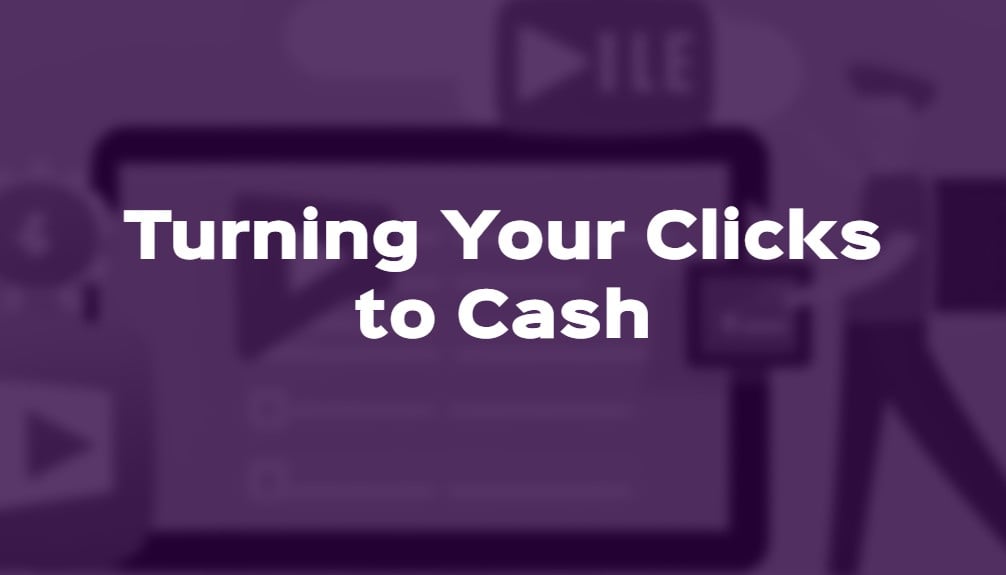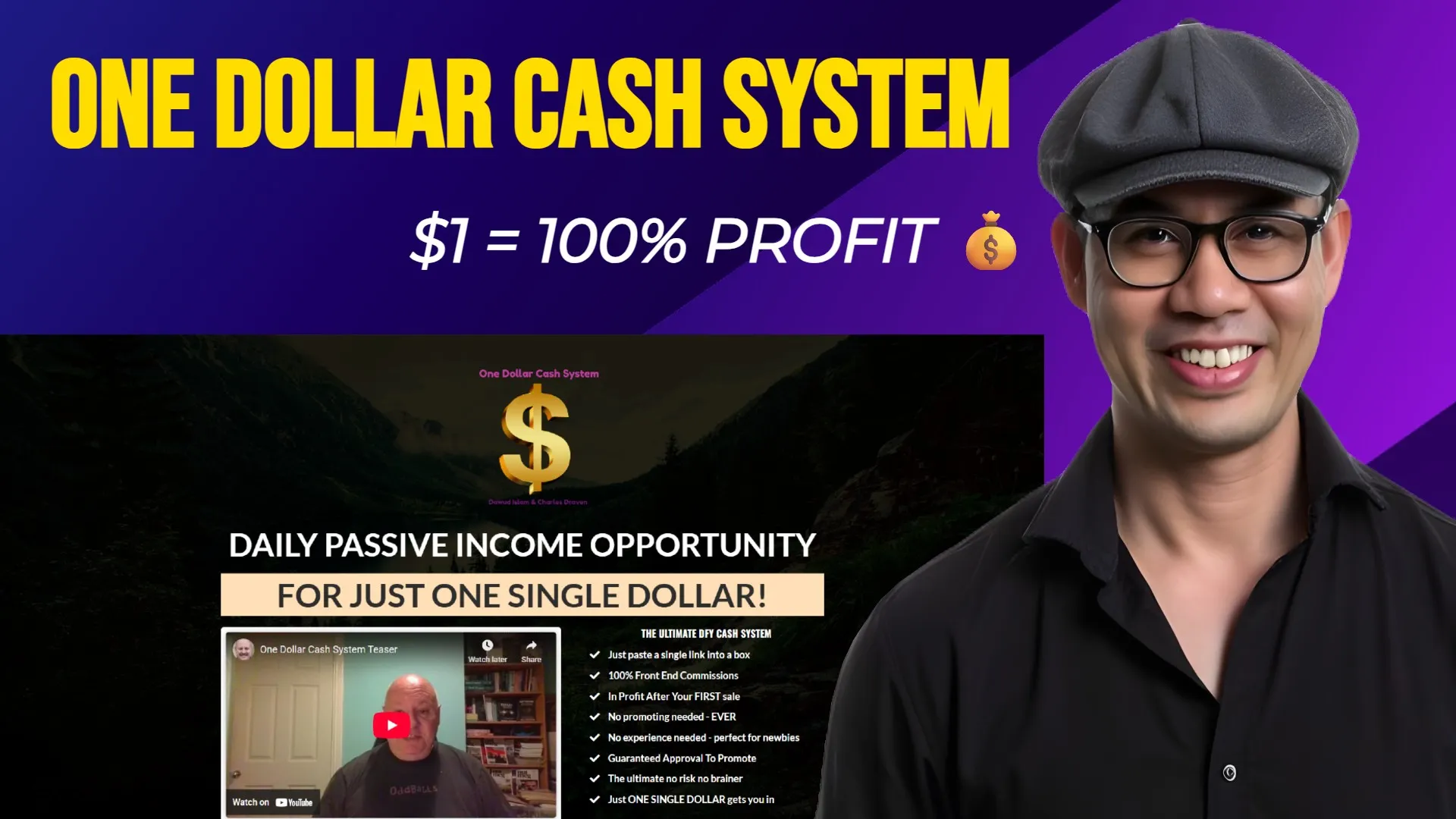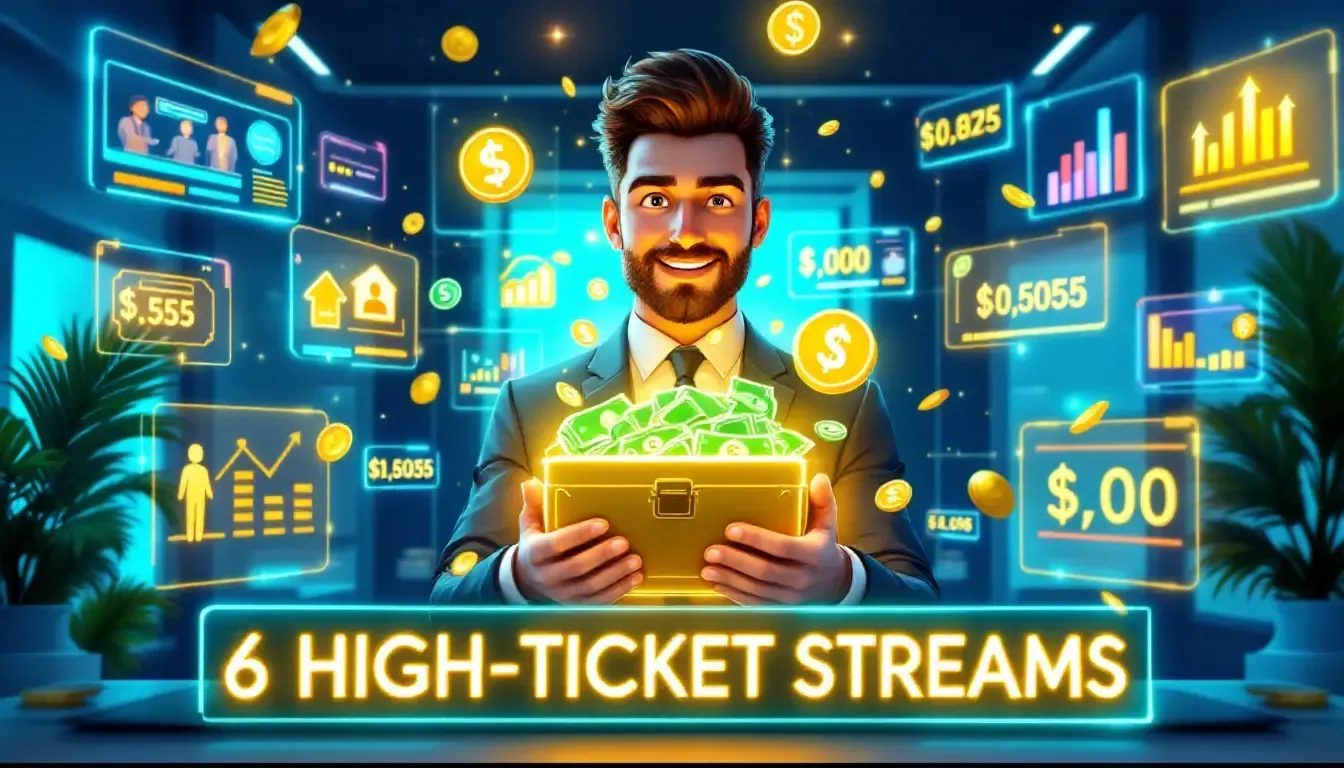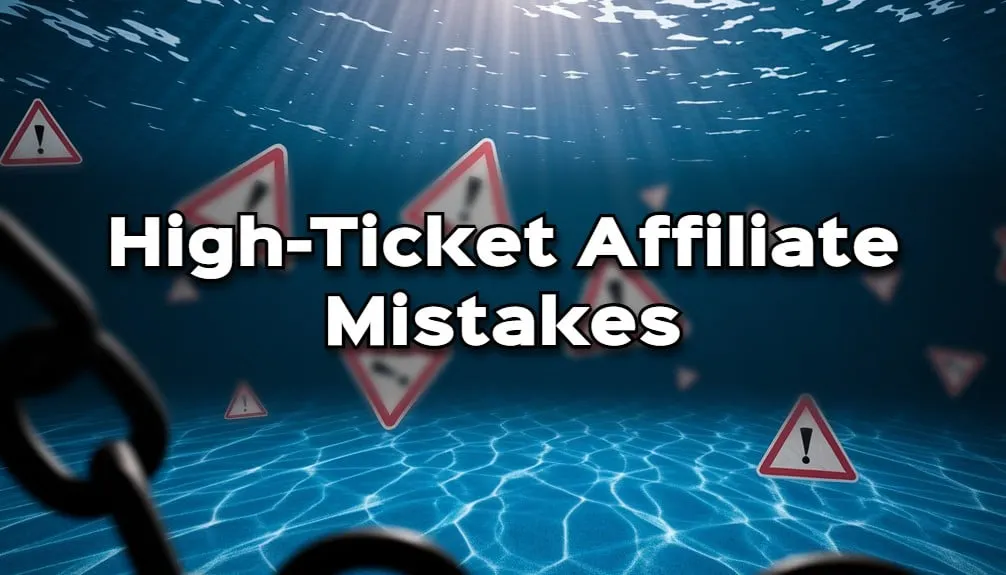Why Your Traffic Isn't Converting
Want to make money online but feel like you're shouting into the void? Are your affiliate links getting clicks, but no cash? It's like throwing a party and nobody shows up, right? Let's figure out why your affiliate efforts might be falling flat and how to turn things around.

Understanding the Basics: The Digital World and What Users Want
How Modern Users Are Different Than Before
So here's the thing: people online now are way different than even a few years ago. It didn't happen overnight, but how people act online? That's changed a lot. Remember when any click was a win? Now, it's like everyone online can smell stuff that's off. They know a sales pitch from a mile away, and their patience? Much shorter than a TikTok clip.
What happened? The internet exploded. It's this huge, noisy place now. People get bombarded with ads, pop-ups, flashing stuff all day. They don't just browse now; they search for specific things, answers, or a little online escape. They're smarter, busier, and pickier about their time and money. If you want their attention, you've got to really get what makes them tick online. You can't just be online; you need to be useful and real.
Beyond Clicks: Why Just Driving Traffic Isn't Enough
Traffic. Sounds so good, right? Like if you just get people to your site, the money will magically come. If only it were so easy! Think of traffic like getting people to your store. Getting them in is step one, sure, but what if your store is a mess? Or you're selling snow shovels in July? Folks will walk right back out, no matter how many flyers you handed out.
That's just chasing traffic. Clicks are cheap, but conversions? Those are gold. In affiliate marketing, you want more than eyeballs; you want action. You want people to not just click your link, but to buy something. That's a whole new game. It's getting the right people to your site, people actually interested in what you promote, and showing them why they should click that link and buy. Driving traffic is just the start; making that traffic convert is the real skill.
Unraveling the Mystery: How User Intent Leads to Conversions
User intent. Sounds fancy, right? But it's just figuring out why someone is online. Are they looking to buy now? Just browsing? Comparing products? Knowing what's in their head is like a secret weapon for affiliate marketing.
Imagine someone searching for "best shoes for a marathon." They're probably close to buying. But someone searching "what are running shoes?" is just starting out. If you try to sell to the second person right away, it's too soon.
Understanding user intent means matching your content and offers to where people are in their buyer journey. Give the info-seekers great info, then gently guide them to helpful products. For buyer-ready folks, make it easy to click that affiliate link and buy. It's about giving people what they need, when they need it.
The Content Challenge: Bridging Traffic and Action
Is Your Content a Dead End? Common Content Problems
Let's talk content. You've heard "content is king," right? Well, it's true, but not all content is equal. Think of content as the bridge between traffic and conversions. If your content is weak, that bridge is shaky, or worse, a dead end. People come to your site, read a bit, then...poof, they're gone. No clicks, no sales, just wasted effort.
What makes content a dead end? A few things. Maybe it's boring. Maybe it just repeats what others say. Maybe it's all sales pitch, no help. Or maybe, and this is big, it's just not relevant to what people are actually searching for. You could have the best article ever, but if it doesn't answer questions in your audience's heads, it's just digital wallpaper. Good content should grab attention, hold interest, and actually help people. If it's not doing that, it's time to rethink your content approach.
The Missing Link: How Content Relevance Impacts Conversions
Relevance. That's the magic word for affiliate conversions. Think about it: if someone is reading about "how to train your puppy," are they going to want ads for lawnmowers? Probably not. But puppy treats, chew toys, or an online training course? Now you're talking.
Content relevance means connecting what you're writing about with the affiliate products you promote. It's making a natural link, not forced or salesy. When your content is super relevant, it's like you're reading your audience's minds. They're already interested, and you give them exactly what they need. When you then recommend a useful product, that's when the conversion happens. It's not about tricking people into buying; it's about helping them find solutions that are actually useful.
Are You Just Adding Noise? Mastering Audience Alignment
Ever feel like you're talking to yourself online? Like you're creating content, but it's floating in the digital void, with no one really listening? That happens when you're not aligned with your audience. It's like throwing a party but inviting people who hate parties. No matter the effort, it just won't work.
Audience alignment means really understanding who you want to reach. Who are these people? What are their problems and dreams? What keeps them up at night? The better you know your audience, the better you can create content that speaks directly to them. It becomes a conversation with a friend, not just broadcasting into the internet. When you nail audience alignment, your content stops being noise and becomes valuable. And valuable content turns clicks into conversions.
Are You Informative or Just Adding Noise? The Importance of Value
In the loud online world, most content is just...noise. It fills space but doesn't really do anything. It doesn't help, teach, or entertain - it just exists. And let's be honest, nobody has time for more noise. If you want your content to stand out, it must be valuable. It must give people something useful.
Value-driven content actually helps your audience. It's informative, useful, and solves problems. Are you giving people information or solutions? Informative content is okay, but value-driven content is powerful. It builds trust, positions you as an expert, and makes people want to click your links because they know you're pointing them to something worthwhile. In a noisy world, value cuts through and gets you heard.
The Technical Stuff: Improving User Experience
Does Your Site Load Fast? The Role of Page Speed
Let's get a bit technical, but don't worry, it's not rocket science. Think about page speed - how fast your site loads when someone clicks a link. Nowadays, people expect instant results. If your site takes too long to load, they're gone, hitting the back button and going elsewhere. It's harsh, but true.
Page speed is huge for user experience. Nobody likes waiting for a site to load, especially on phones. Slow speed kills conversions fast. It's not just impatience - slow sites feel unprofessional, untrustworthy, and frankly, annoying. Optimizing for speed removes friction and makes it smooth for people to reach your content and links.
Mobile-First or Mobile-Last? How Responsiveness Impacts Conversions
Look around - everyone's on their phones, right? Browsing, shopping, scrolling... Mobile is massive. So, is your site ready for the mobile takeover? Is it mobile-first or mobile-last? This isn't just a technical thing - it impacts conversions. If your site looks clunky on phones, you're losing out, big time.
Mobile optimization isn't just shrinking your site for small screens. It's rethinking the whole experience for mobile users. Are buttons easy to tap? Is text readable without zooming? Does your site load quickly on mobile data? These things matter a lot. A responsive design means your site automatically adjusts for any device - phone, tablet, or computer. If you're not thinking mobile-first, you're missing out on huge potential clicks and sales.
Are Navigation Barriers Hindering Success? Simplifying the Journey
Imagine walking into a store and you can't find anything - no signs, no clear aisles, just a jumbled mess. Frustrating, right? That's what a website with bad navigation feels like. People land on your page, get lost, can't find what they want, get confused, and leave. And with them go potential conversions.
Website navigation should be simple and obvious - clear menus, internal links, logical structure. The user journey should be smooth and easy, like a well-marked path. You want to remove any barriers that might stop people from reaching your affiliate links. Conversion funnel optimization just means making it easy for people to go from landing on your site to clicking your link and buying. Less confusion, more conversions.
Are Broken Links Killing Conversions? The Importance of Audits
Ever click a link and get that "404 Error" page? Super annoying, right? And on your own site? Broken links and 404s are like digital potholes. They mess up the experience, look unprofessional, and yes, they can kill conversions. Imagine someone is ready to buy after reading your awesome review, they click your affiliate link...and bam, 404 error. Sale lost.
Broken links and 404s are more common than you think as sites grow and change. That's why site audits are important - they're like a website checkup. Audits help you find and fix broken links, 404 errors, and other technical issues hurting your site. Keeping your site healthy and error-free builds trust, makes things easier for visitors, and boosts those affiliate conversions.






